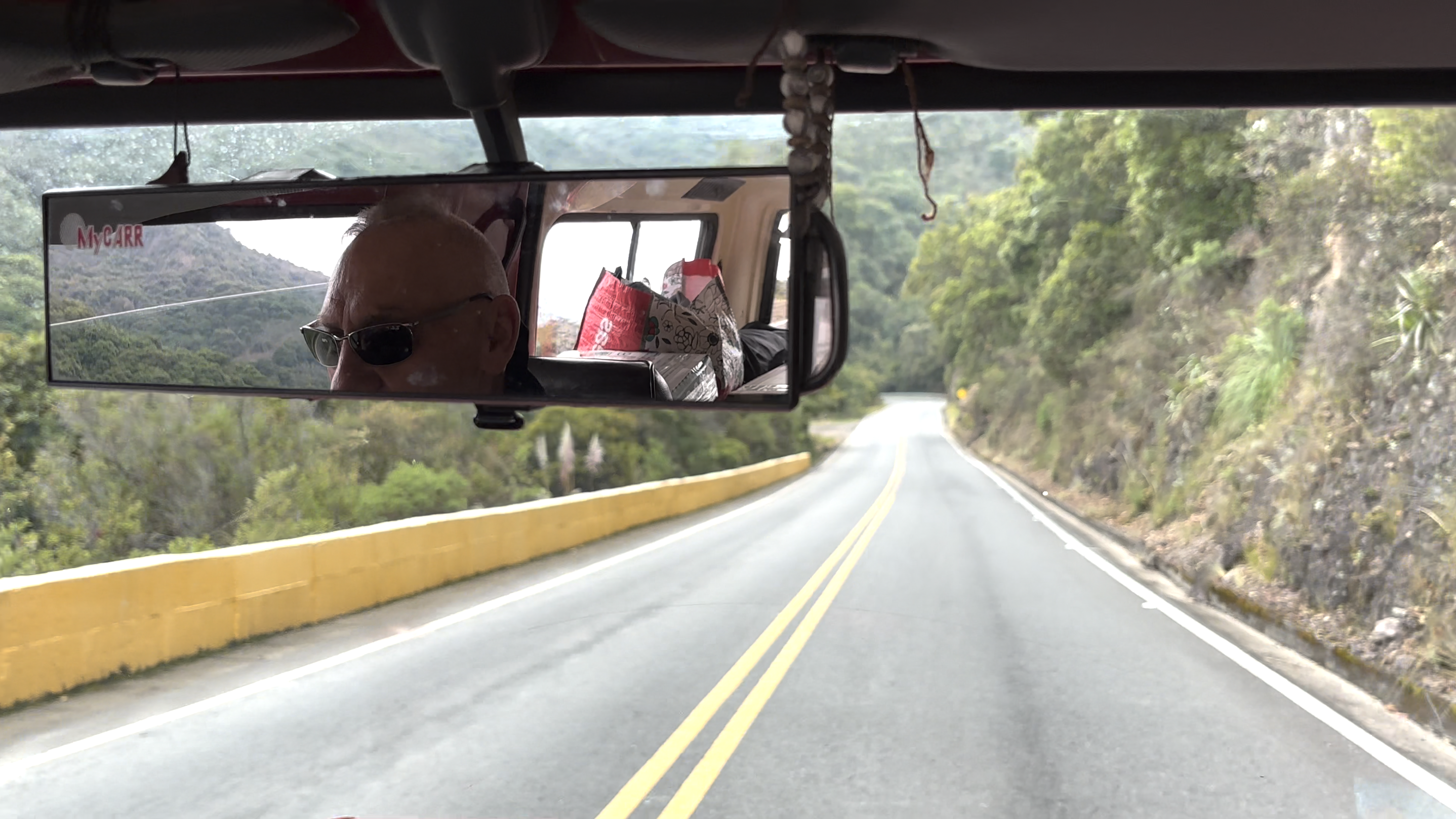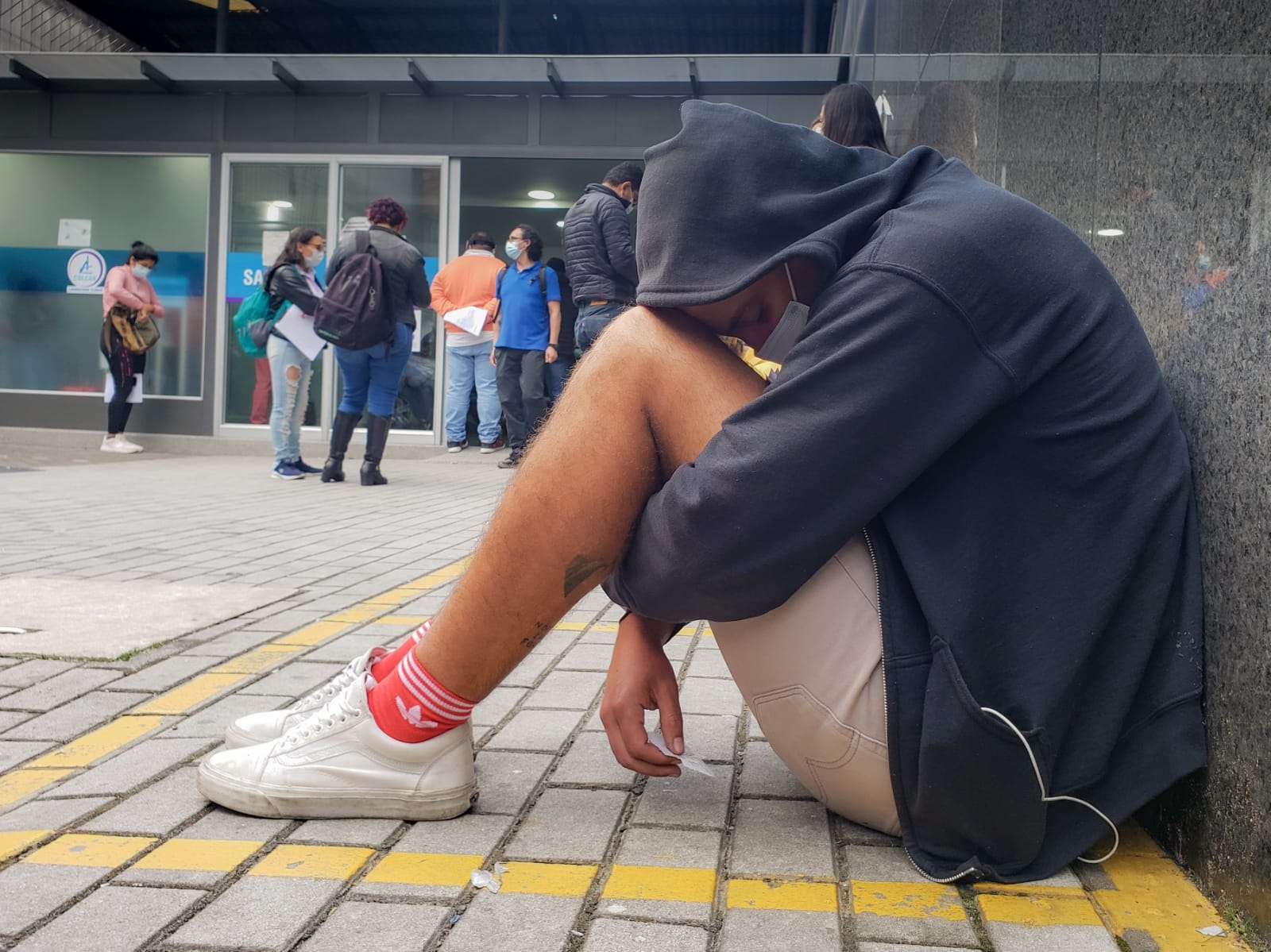Colombia is on high alert due to the most intense drought in its history, which is causing 67 active fires a day and has left 238 municipalities facing water rationing
President Juan Manuel Santos warned the nation that the risk posed by the drought had increased from ‘moderate’ to ‘strong’, and that not only would it continue until March 2016, it would also intensify.
Speaking after a meeting with various ministries to assess the impact of El Niño, he said: “The most effective measure, the thing that we can all do better, where we can have the biggest impact, is to save water.”
The drought has been exacerbated by El Niño, a global climate phenomenon that develops in the Pacific ocean and causes extreme weather conditions throughout the world.
Related – In January this year the government was already preparing for the consequences of El Niño.
The World Meteorological Organisation predicts that the impact of this year’s El Niño will be one of the worst in 50 years. There are already reports of humanitarian crises in Africa, Asia, and Latin America – due to increased rain in some areas and drought in others.
In Colombia, the latest report from the Institute of Hydrology, Meteorology and Environmental Studies (IDEAM) showed that rainfall in September of this year was 60% less than the historical average for the Andean and Caribbean regions, which have been worst hit by the crisis.
The Minister of the Environment, Gabriel Vallejo, said that this year there have already been 3,800 fires in the country, affecting 97,000 hectares of pasture, crops and forest.
Aid organisations are particularly concerned about La Guajira where people have been facing drought for over three years. 11 children under the age of five died from malnutrition in the first half of this year. The Colombian Farmers Federation (Fedegan) states that lack of water has killed more than 34,000 cattle in the region.

In La Guajira, one of the worst affected areas, the land surface is in the process of desertification. Photo: World Food Program.
The government has committed more than COP$9 billion to farmers who have been hit by the drought and fires.
Speaking to The Bogotá Post, Viviana Lopez, an environmentalist whose family has a farm in Pacho, Cundinamarca, said: “There hasn’t been significant rain in this region for over five months. This year the harvest season was delayed and the quality of the fruit was the worst it has been in years”.
She went on to say that the soil has been severely damaged, making it less fertile and that it would take years to recover.
But the immediate problem is water: “The main source of water for the whole town and farms is almost dry now.”
“The town has been badly affected by forest fires, with one almost every week, which has also created a lot of work for the team of local volunteer firemen in Pacho,” said Lopez.
“When the firemen came to try and put out a forest fire near my farm, they got a surprise as the water tanks of the nearby houses were empty, this is because the local water supplier had been controlling the use of the water.”
Meanwhile, Rafael Mejía, President of the Agricultural Society of Colombia said that while there would not be food shortages, the sector would be severely impacted.
And Roberto Velez Vallejo, President of the National Federation of Coffee Growers, told Dinero magazine that 18% of the country’s coffee plantations had been affected to some degree which would impair production.






